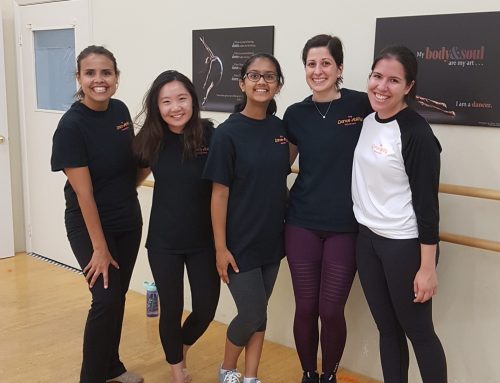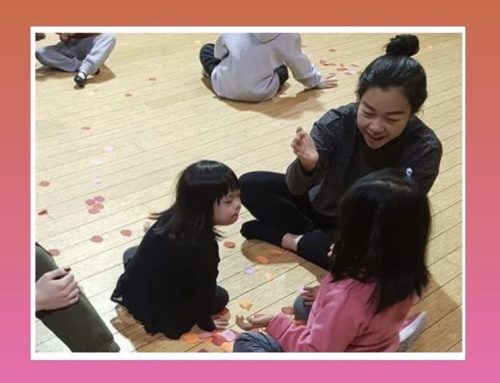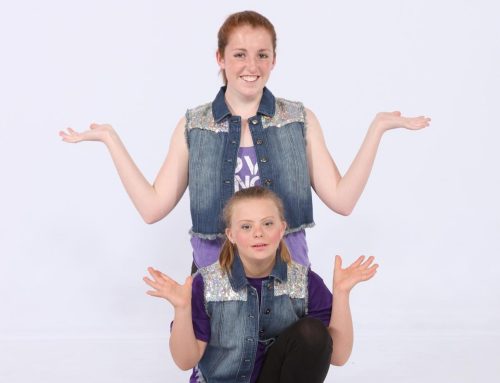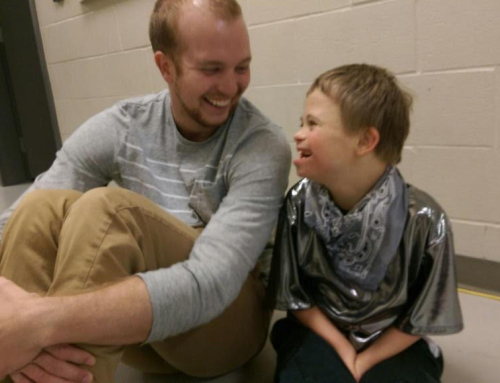We have invited Raven Brooks, student Occupational Therapist at the University of Toronto, to share some reflections about the dynamic roles the Dance Ability Movement OTs have based on her experience during her 10-week placement with us. Since Raven’s impressions covered diverse topics, we’ve decided to publish them in a series of blog posts.
In this week’s blog post, Raven will share with you how our OTs build the capacity of volunteers so they can help us create an inclusive and safe environment. If you haven’t read her previous blog posts, click on the links below:
- Supporting New Dancers through an individualized approach
- Supporting Classes using a Universal Design, and Targeted Team Approach
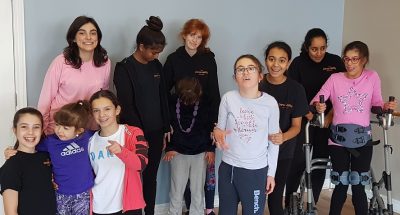 The DAM volunteers form such meaningful connections and relationships with dancers and their families which has definitely been more challenging in the virtual environment. The DAM provides these volunteer opportunities to build an inclusive environment and also encourages volunteers to learn from the dancers and each other.
The DAM volunteers form such meaningful connections and relationships with dancers and their families which has definitely been more challenging in the virtual environment. The DAM provides these volunteer opportunities to build an inclusive environment and also encourages volunteers to learn from the dancers and each other.
Volunteering with DAM provides the chance for individuals to shift perspectives of what meaningful participation in dance can look like and educates volunteers about the benefits of an inclusive environment and how to cultivate one. The DAM is fortunate to have new volunteers interested in being part of the DAM community every session, and I have been able to help support new volunteers in their roles.
Here are some things that myself and the other OTs did to help build the capacity of volunteers:
- I communicated with volunteers through the Zoom chat box during class to help coach them when they can provide positive or constructive feedback for dancers, strategies that may encourage meaningful participation for a particular dancer and how to contribute to an inclusive environment.
- I helped to facilitate volunteer roles before each class collaboratively with the volunteers so that everyone had specific tasks during that class. Some of these roles include providing a seated option for dancers, reflecting on how they perceive the F-Words of Childhood Disability (Rosenbaum & Gorter, 2012) being implemented through DAM classes, helping to facilitate games and providing verbal cueing.
- I was able to provide volunteers with more leadership roles, alongside Sabrina, for volunteers that were interested in playing a bigger role during the social events as it was our goal of building capacity to sustain these social opportunities for the DAM community even after our placement is done.
Raven Brooks


